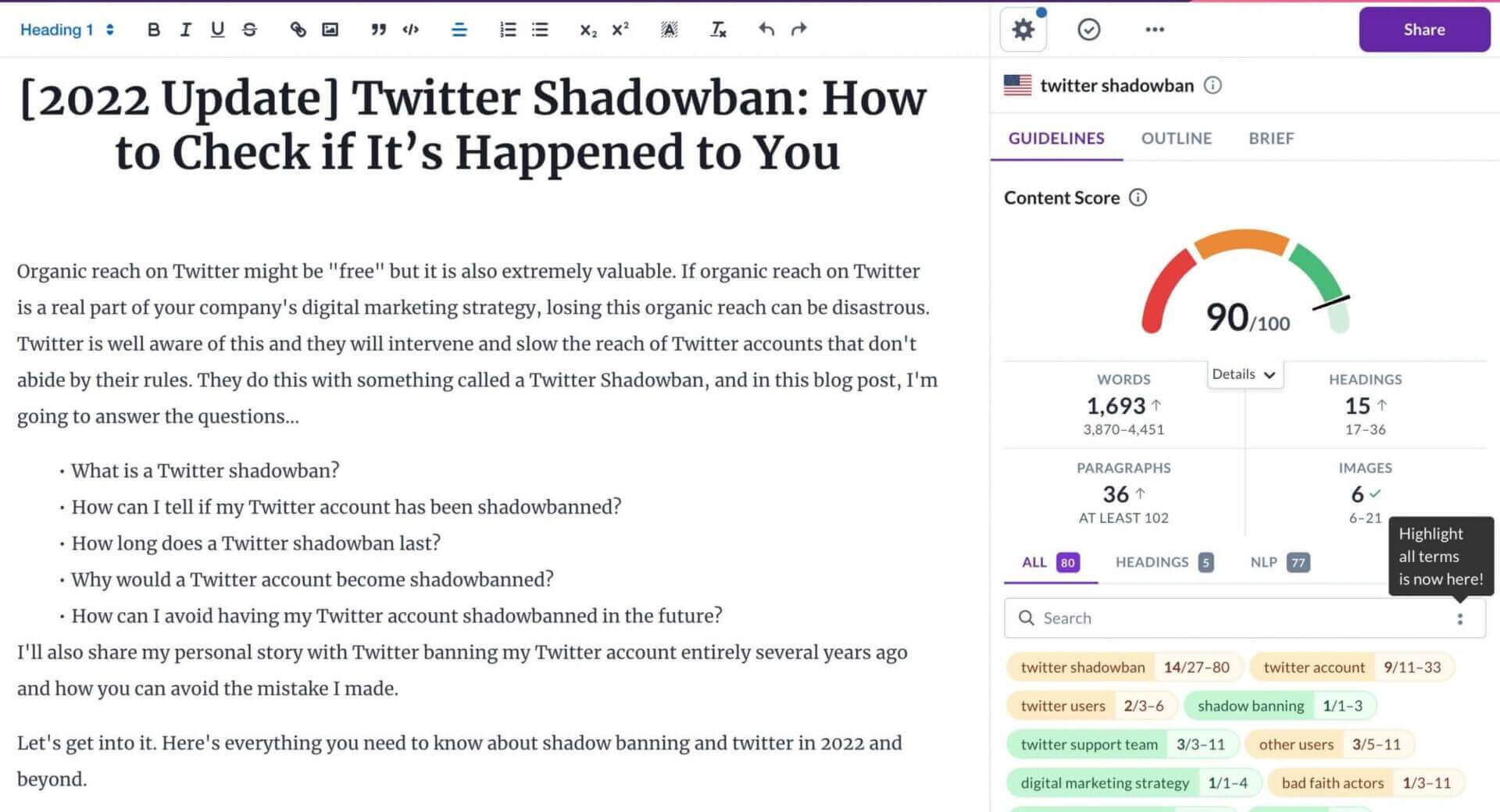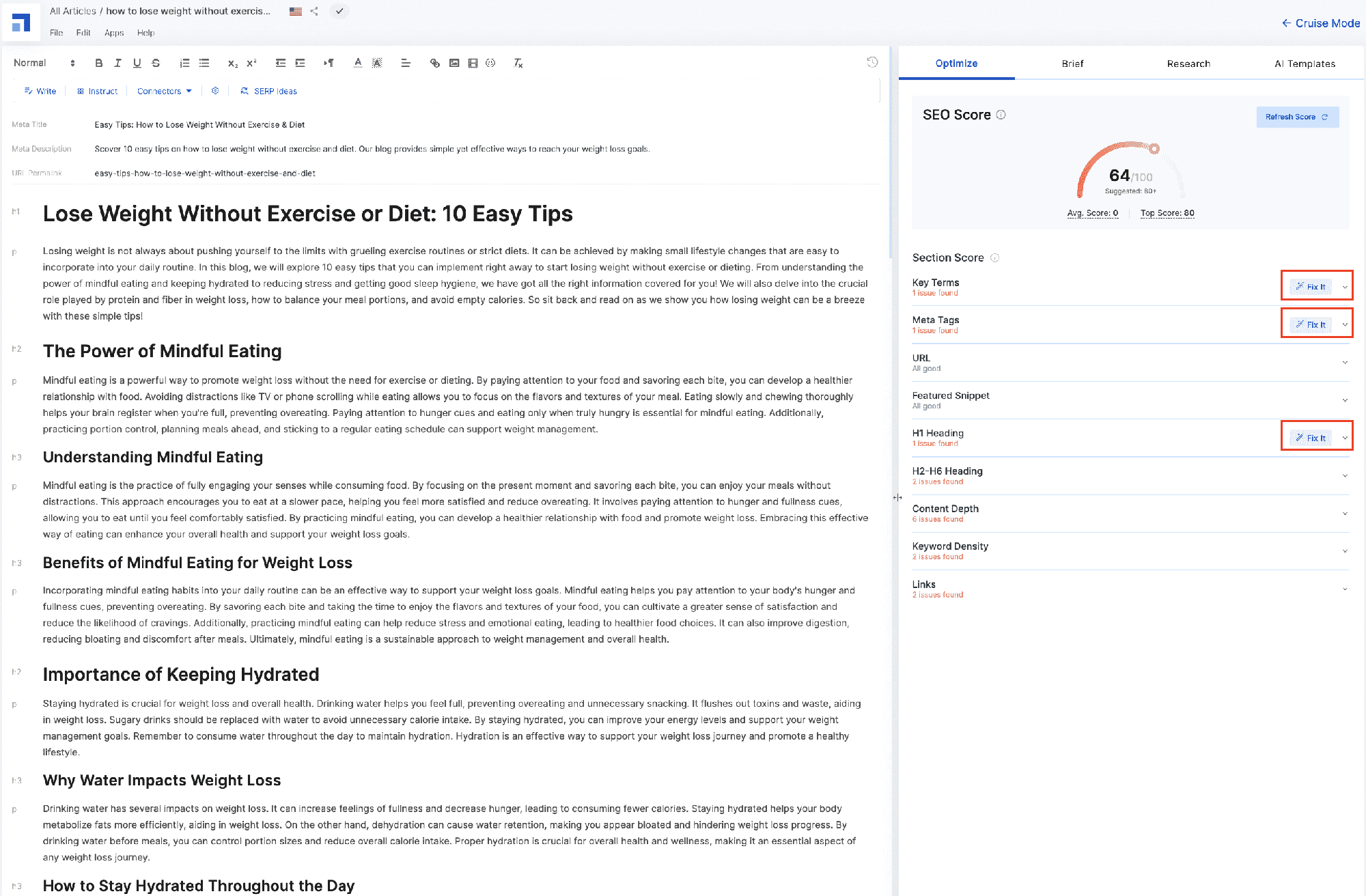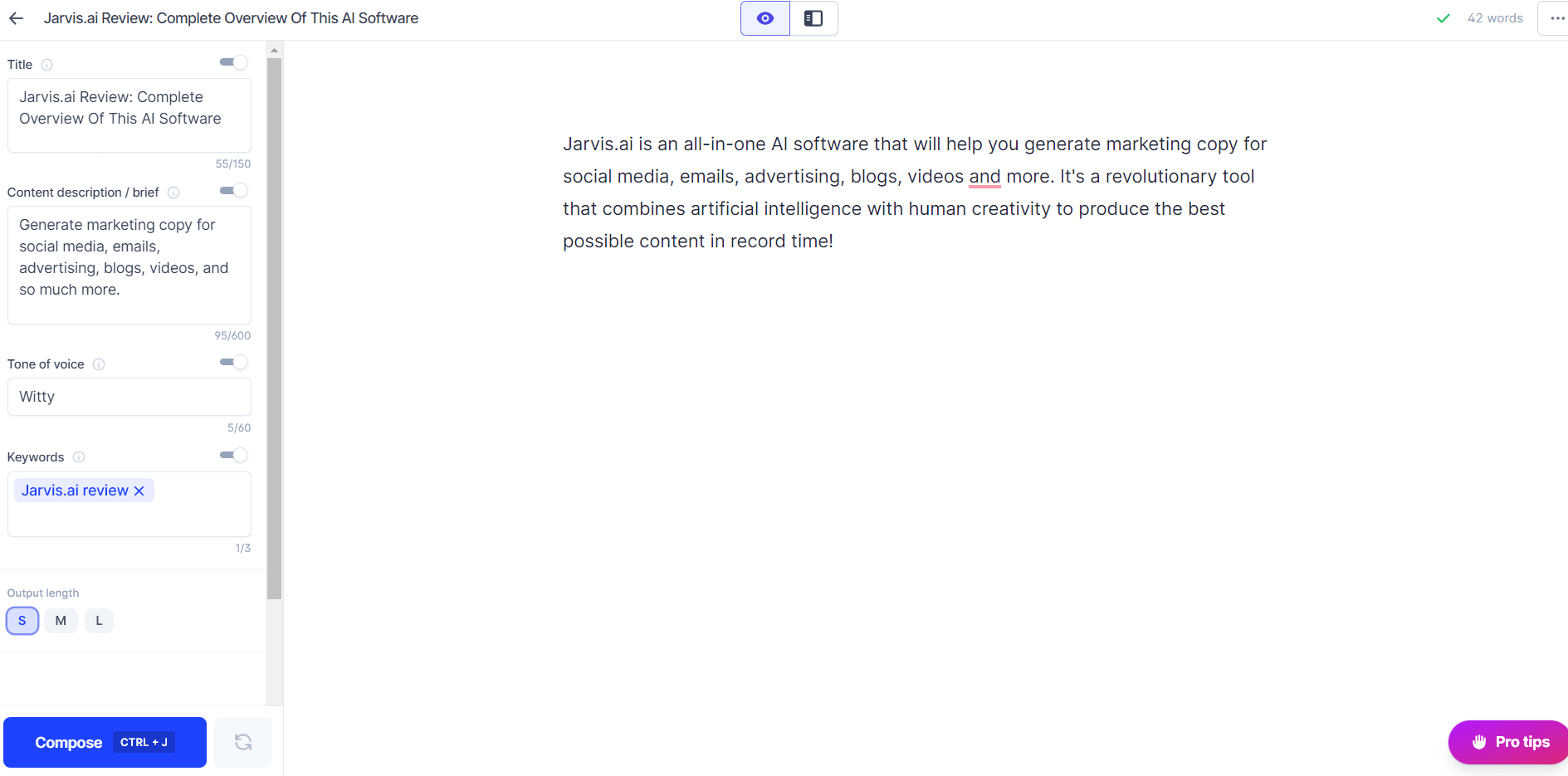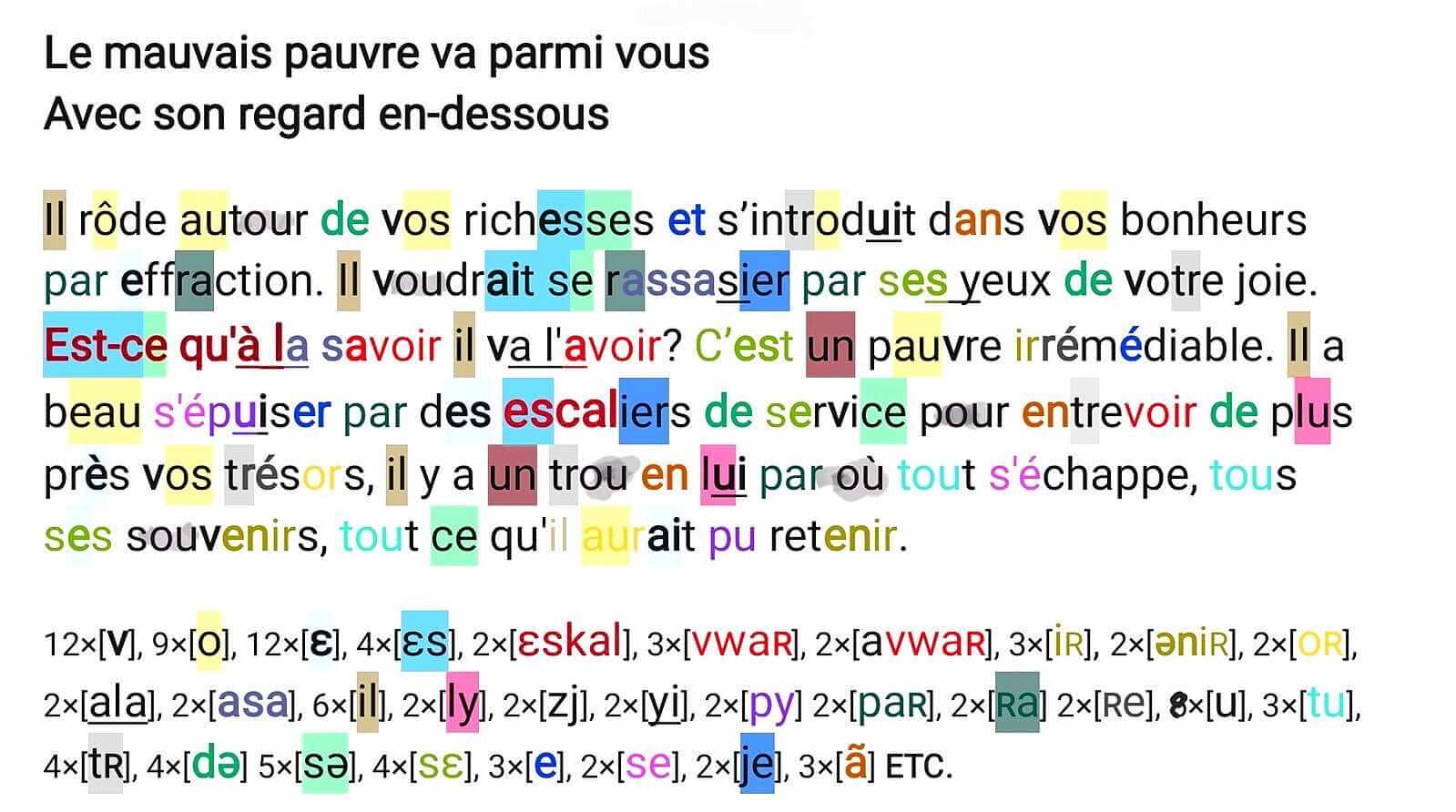Are you looking to add a little musicality to your writing? One way to do that is through the use of assonance. Assonance is a literary device that involves the repetition of vowel sounds within words or phrases. It can create a sense of rhythm and melody, adding depth and beauty to your writing.
In this blog, we will explore the world of assonance, discussing its differences from alliteration and rhyme, and how it can enhance the rhythm and musicality in literary works. We will also dive deeper into effective ways of using assonance in poetry and prose while highlighting common pitfalls to avoid.
Moreover, we will analyze some popular songs and famous literary works that employ striking assonance examples and discuss how it impacts the reader’s experience. Join us on this journey of exploring the beauty of language with assonance!
Assonance is a literary device that involves the repetition of vowel sounds within words or phrases. It can enhance the musicality and rhythm of your writing, making it more engaging and memorable. By strategically using assonance, you can create a lyrical quality in your sentences and add depth to your writing. However, it’s important to use assonance sparingly and naturally, avoiding excessive repetition that may feel forced or distract the reader. By studying examples and practicing, you can effectively incorporate assonance into your writing and improve your skills as a writer.
Takeaways:
- Assonance adds musicality and rhythm to your writing.
- Use assonance sparingly and purposefully, avoiding excessive repetition.
- Study examples of assonance in literature and poetry to understand its impact.
- Practice incorporating assonance naturally into your sentences.
- Aim to create a lyrical quality in your writing with the strategic use of assonance.
- By using assonance effectively, you can enhance the engagement and memorability of your writing.
Understanding Assonance: A Brief Overview
| Term | Definition | Example |
|---|---|---|
| Assonance | The repetition of similar vowel sounds in close proximity, but not necessarily in the same stressed syllables. | “The rain in Spain falls mainly on the plain.” |
| Synonyms | Alliteration, consonance | |
| Antonyms | None | |
| How to use it | Assonance can be used to create a sense of rhythm and flow in your writing. It can also be used to emphasize certain words or phrases. | |
| Examples | “The road less traveled by” by Robert Frost | “The Raven” by Edgar Allan Poe |
Assonance, a poetic device frequently employed in the English language, involves the repetition of vowel sounds. This literary technique adds a musical and rhythmic quality to writing, enhancing its overall flow and impact. Assonance can be found not only in poetry but also in prose and everyday speech, creating a specific mood and drawing attention to significant words.
By repeating vowel sounds within individual words or across a line of poetry, assonance produces a similar effect to the soothing rhythm of waves crashing on the seashore or a melodious song being sung. Unlike alliteration, which focuses on the repetition of consonant sounds, assonance primarily emphasizes the repetition of vowel sounds, resulting in a distinct auditory experience. With its ability to amplify the power of language, assonance is an essential tool for writers seeking to create engaging and memorable content.
Difference Between Assonance, Alliteration, and Rhyme
Assonance, alliteration, and rhyme are all poetic devices that enhance the musicality of writing. Assonance focuses on the repetition of vowel sounds, while alliteration repeats consonant sounds at the beginning of words. Rhyme, on the other hand, involves the repetition of similar sounds at the end of words. Though they share the goal of enhancing the rhythmic quality of writing, these techniques have distinct characteristics.
Understanding the differences between assonance, alliteration, and rhyme can help writers effectively utilize these techniques in their work. By using assonance, they can create a gentle and harmonious effect, while alliteration can add emphasis and create a bold and memorable sound. Rhyme, on the other hand, can establish a sense of unity and closure. The mastery of these techniques can greatly enhance the impact of one’s writing.
The Role of Assonance in Literary Works
| Role of Assonance | Examples |
|---|---|
| Creates a sense of rhythm and flow | “The rain in Spain falls mainly on the plain.” |
| Emphasizes certain words or phrases | “The road not taken” by Robert Frost |
| Creates a mood or atmosphere | “The Raven” by Edgar Allan Poe |
| Adds musicality to a text | “Shall I compare thee to a summer’s day?” by William Shakespeare |
| Makes a text more memorable | “Luke, I am your father” from Star Wars |
Assonance plays a significant role in literary works, adding depth and richness to the writing. This poetic device creates a sense of rhythm and musicality, enhancing the overall reading experience. Renowned writers like William Shakespeare and James Joyce have skillfully used assonance in their works, demonstrating its power to evoke emotions and create vivid imagery. By employing assonance, writers can achieve a unique and memorable effect on their readers.
The repetition of vowel sounds in individual words or within a stanza creates a similar effect to the soothing rhythm of waves crashing on the seashore or the melodic notes of a song. Assonance brings an extra layer of artistry to the English language, allowing writers to craft their words in a way that captivates their audience.
Enhancing Rhythm and Musicality through Assonance
Assonance plays a crucial role in enhancing the rhythm and musicality of a piece of writing. It adds a melodic quality that immediately captures the reader’s attention. By repeating long vowel sounds, assonance introduces a lyrical quality to the text, similar to the soothing sound of waves crashing on a seashore.
This repetition of sounds creates a sense of harmony and flow, making the writing more pleasing and captivating. In both poetry and prose, assonance can be used to create a unique and memorable reading experience. Writers can strategically incorporate assonance in individual words or throughout an entire stanza to achieve the desired effect. With its power to create a musical and evocative atmosphere, assonance is undoubtedly a valuable poetic device present in the English language.
How to Effectively Use Assonance in Writing?
To effectively utilize assonance in writing, writers must carefully select words with similar vowel sounds. Placing these assonant words close together is crucial for impact. Assonance can be used to emphasize ideas or themes, but clarity should not be compromised. Practice and experimentation are key to mastering this literary device.
Assonance in Poetry vs Prose: What’s the Difference?
While assonance is commonly used in both poetry and prose, there are some key differences in its usage. In poetry, assonance is often employed to create a specific rhythm and enhance musicality. In prose, it is used more subtly to add lyricism and create a memorable effect. Understanding these distinctions can help writers effectively incorporate assonance into their work, adding texture and depth.
Diving Deeper into Assonance: Breaking Down Examples
Assonance, a powerful poetic device, can be found in various forms of literature. Take William Wordsworth’s famous poem “I Wandered Lonely as a Cloud” as an example. In this poem, the repetition of vowel sounds creates a sense of harmony and musicality, enhancing the overall reading experience. Another notable example of assonance can be found in the opening line of Shakespeare’s Sonnet 18: “Shall I compare thee to a summer’s day?”
These examples demonstrate how assonance can be used to create a memorable and impactful reading experience. By strategically repeating vowel sounds in individual words or throughout a line of poetry, writers can achieve a similar effect. Assonance is just one of the many tools available in the English language to enhance the beauty of writing.
Assonance in English Poetry: A Closer Examination
Assonance, a poetic device that involves the repetition of vowel sounds within words, is frequently employed in English poetry to enhance its musicality and create a sense of rhythm. Renowned poets like William Shakespeare, William Wordsworth, and Dylan Thomas have skillfully used assonance in their works to elevate their poetry and evoke powerful emotions in readers.
In Shakespeare’s sonnets and plays, assonance can be observed, while Wordsworth’s “I Wandered Lonely as a Cloud” showcases the use of assonance to create harmony and musicality. Through the deliberate repetition of vowel sounds, these poets have crafted timeless and impactful pieces of literature that continue to resonate with audiences today. The English language provides a rich tapestry for poets to explore as they weave together individual words, unstressed syllables, and lines of poetry with assonance, ultimately creating a similar effect to the soothing rhythm of waves crashing on a seashore.
Assonance in Song Lyrics: A Unique Perspective
Assonance plays a vital role in the realm of song lyrics, adding a touch of musicality that enhances the overall impact of the words. By skillfully using assonance, songwriters create memorable and catchy melodies that resonate with listeners. It’s not uncommon to find popular songs utilizing this poetic device to great effect, repeating similar vowel sounds to create a sing-song quality that elevates the overall musical experience. Analyzing the use of assonance in song lyrics provides a unique perspective on how this literary technique can enhance both the poetic and musical elements of a composition.
Popular Songs with Striking Assonance: An Analysis
Bob Dylan’s iconic song “Blowin’ in the Wind” is a prime example of the effective use of assonance in popular music. The repetition of long vowel sounds throughout the lyrics creates a melodic quality that resonates with listeners. Similarly, Adele’s emotional ballad “Someone Like You” utilizes assonance to evoke a sense of vulnerability and raw emotion.
Assonance can also be found in popular rap songs, such as Eminem’s “Lose Yourself,” where the repetition of sounds adds emphasis and intensity to the lyrics. These examples highlight how assonance is used in popular songs to enhance the impact of the lyrics and create a memorable listening experience. By analyzing the assonance in these songs, we gain insight into the power of this poetic device in the English language.
Learning from the Masters: Assonance in Famous Literary Works
Explore how renowned authors such as William Shakespeare and Dylan Thomas employ assonance to create a captivating sense of rhythm in their literary masterpieces. Uncover the instances of assonance in iconic works like “Do not go gentle into that good night” and “The Portrait of the Artist as a Young Man,” witnessing how these carefully crafted vowel sounds draw attention to vital words and evoke specific moods.
Delve into the world of poetry, where internal rhyme and repetition of similar vowel sounds add a musical quality, enhancing both the everyday speech and common phrases. By learning from the masters, you’ll gain valuable insights into how assonance can elevate your own writing and foster a deeper connection with your readers.
The Impact of Assonance on Reader’s Experience: Case Studies
Diving into case studies that showcase the impact of assonance on the reader’s experience, we discover the powerful effects of this poetic device. The close proximity of repeated vowel sounds creates a memorable and engaging reading experience, drawing the reader deeper into the text. By analyzing examples of assonance in different genres such as prose, song lyrics, and verse, we can witness how it evokes emotions and enhances the overall meaning of a piece of writing.
Assonance creates a sense of flow and musicality, capturing the reader’s attention and immersing them in the words on the page. From the gentle rhythm of waves crashing against the seashore to the melodic cadence reminiscent of singing, assonance imbues individual words and entire lines of poetry with a similar effect. Unstressed syllables harmonize, repeating the sounds that echo and resonate, leaving a lasting impact on the reader’s experience.
Top 5 AI Writer for In 2025
Discover the top 5 AI writers that can help you create SEO optimized articles to achieve higher rankings in SERP. From thorough analysis to skillfully crafting content, these AI writers have got you covered.

#1 Surfer SEO

#2 Koala AI Writer

#3 Scalenut

#4 Katteb Ai

#5 Jasper Al
Practical Tips for Writing with Assonance
Experimenting with long vowel sounds is a practical tip to enhance your writing using assonance. By incorporating melodic effects into your sentences, you can create a captivating rhythm and musicality. Repetition of vowel sounds adds depth and emphasis to your writing, making it more impactful.
It’s important to use assonance effectively, without overdoing it or sounding forced. By exploring different ways to use this poetic device, you can achieve a similar effect to that of a seashore, where the individual words blend together harmoniously. Remember to pay attention to the syllables and the line of poetry when using assonance in your writing. With these practical tips, you can bring your writing to life and captivate your readers.
Common Pitfalls and How to Avoid Them
When using assonance in writing, it’s important to be aware of common pitfalls and learn how to avoid them. One common pitfall is relying too heavily on assonance, which can disrupt the overall balance of your writing. While assonance can enhance the message and meaning of your writing, overusing it can become distracting to the reader. It’s crucial to strike a balance and use assonance in a way that seamlessly enhances the flow of your writing without overpowering it.
To avoid these pitfalls, it’s essential to incorporate assonance naturally and strategically. Instead of focusing solely on the repetition of vowel sounds, consider other poetic devices such as consonance or repetition of consonant sounds. By diversifying the use of sound patterns, you can create a more dynamic and engaging piece of writing. Additionally, pay attention to the impact of assonance on individual words and phrases, ensuring that it enhances their meaning rather than detracting from it. Overall, by understanding and carefully applying the principles of assonance, you can enhance your writing and captivate your readers.
Can Assonance Make You a Better Writer?
Explore the potential benefits of incorporating assonance in your writing. Discover how it can help create impactful and memorable sentences, enhance your writing style and voice, improve the musicality of your work, and refine your skills as a writer.
Frequently Asked Questions
What is assonance and how can it improve my writing?
Assonance, the repetition of vowel sounds in nearby words, can enhance your writing in multiple ways. It adds musicality and lyrical quality, creating a specific mood or tone. By using assonance sparingly and purposefully, you can make your writing more memorable and engaging.
Can you provide some examples of assonance in literature or poetry?
Examples of assonance in literature and poetry abound. Edgar Allan Poe’s “The Raven” uses the repeated “o” sound to create a haunting effect. In Shakespeare’s “Macbeth,” the witches’ chant of “fair is foul, and foul is fair” creates an eerie tone. Langston Hughes’ “Harlem” employs assonance with the repeated “a” sound. Emily Dickinson’s poem “I heard a Fly buzz – when I died” builds tension with the repetition of the long “i” sound.
How can I incorporate assonance into my own writing without it feeling forced or unnatural?
To seamlessly incorporate assonance into your writing, start by studying examples of its usage in poetry or prose. Look for opportunities to naturally repeat vowel sounds in sentences or phrases. Practice using assonance strategically, rather than forcing it into every sentence. Remember, the goal is to add musicality and rhythm, not overwhelm the reader with repetition.
Are there any potential drawbacks to using assonance in my writing?
Using excessive assonance can make your writing seem contrived and unnatural. Overusing or inconsistent use of assonance can be distracting. It’s important to use it in moderation, ensuring that it adds value to your writing. Consider the tone and purpose of your writing before incorporating assonance.
Conclusion
To conclude, assonance is a powerful tool that can elevate your writing to new heights. By using repeated vowel sounds strategically, you can create a sense of rhythm and musicality in your work. Assonance can be used in various forms of writing, including poetry and prose, and it has been employed by some of the greatest writers and musicians throughout history. However, it’s important to use assonance judiciously and avoid overdoing it. By studying examples of assonance in famous literary works and popular songs, you can gain a deeper understanding of its impact on the reader’s experience. So, embrace the power of assonance and let it enhance your writing in ways you never thought possible.





